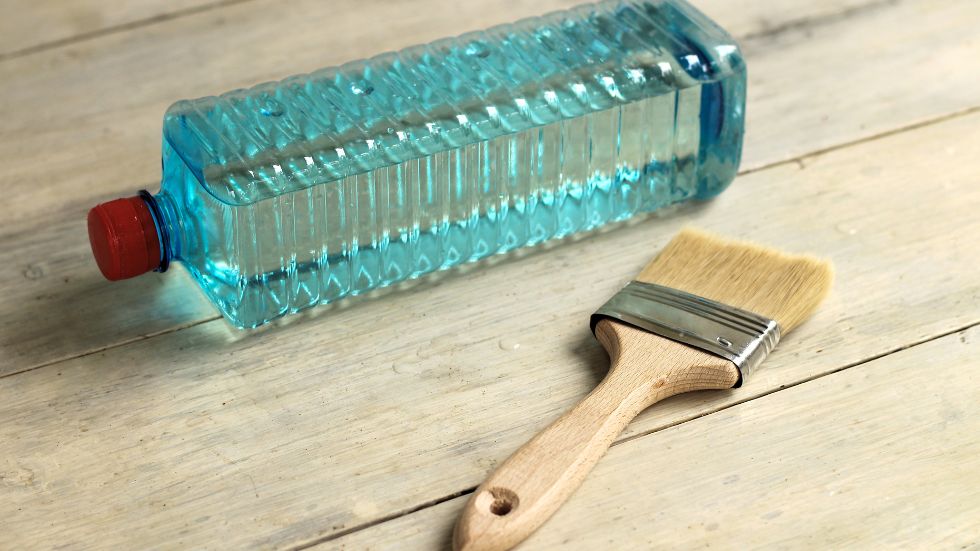Not all solvents are the same in the paint industry. Different formulas cater to various applications, and professionals must understand their unique characteristics. Today, let’s explore the differences between thinner and lacquer solvents to better understand their distinct qualities.
Chemical Composition
Lacquer solvents and thinners might seem like bottled liquids with strong scents, but their chemical composition sets them apart. Paint thinners are usually mineral spirits, an umbrella term for petroleum-based solvents that dilute oil-based paints, stains, and varnishes, making them easier to apply.
Lacquer solvents, on the other hand, have a stronger concoction comprised of acetone, toluene, or xylene (technically known as active solvents). They dissolve lacquer products and are more potent due to the heavier and more robust chemical makeup of lacquer finishes.
Application Suitability
Application suitability is a major difference between thinner and lacquer solvents. Paint thinners are ideal when a slower drying time is beneficial, as is often the case with oil-based paints. They offer the flexibility for corrections and ensure a smooth application on large surfaces.
In contrast, lacquer solvents stand out for their fast evaporation time and quicker work rate. These solvents are perfect for spray applications on wood or metal, providing a rock-hard, glossy finish in automobile painting, woodworking, and furniture manufacturing.
Drying Times and Finished Results
Different drying rates can influence your workflow and the outcome of your project. Thinners require more time due to slower evaporation rates. Touchups before the paint coat is fully dry make it easier to achieve an even coat.
Conversely, lacquer solvents are ideal in fast-paced environments where rapid drying is important. The lacquer provides a hard finish, high durability, and resistance to chemicals and weathering.
What’s Something They Have in Common?
A paint solvent recycling machine can recycle thinner and lacquer solvents. Solvent recovery systems are popular in the painting industry, reducing wastage and ecological footprints while promoting sustainability.
Businesses can use recycling machines to clean paint solvents and reuse them for different purposes. This reduces the need for new solvent production, conserves resources, and reduces waste generation.
Understanding the differences between thinner and lacquer solvents is key for professionals in the paint industry. Always refer to this quick guide for a refresher on their distinctions.

